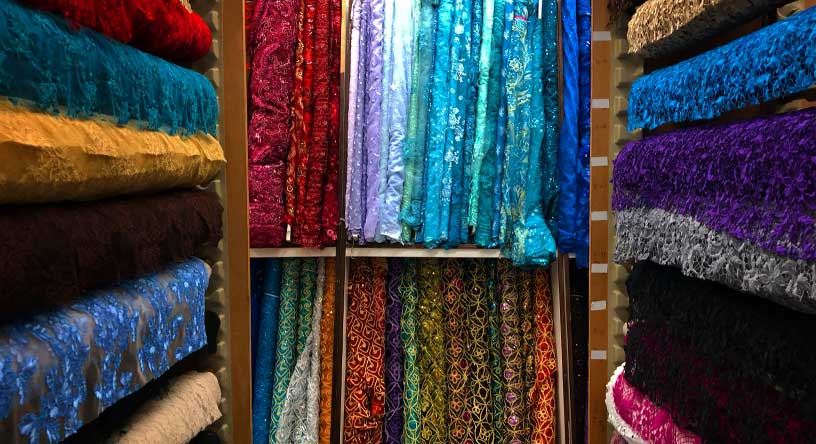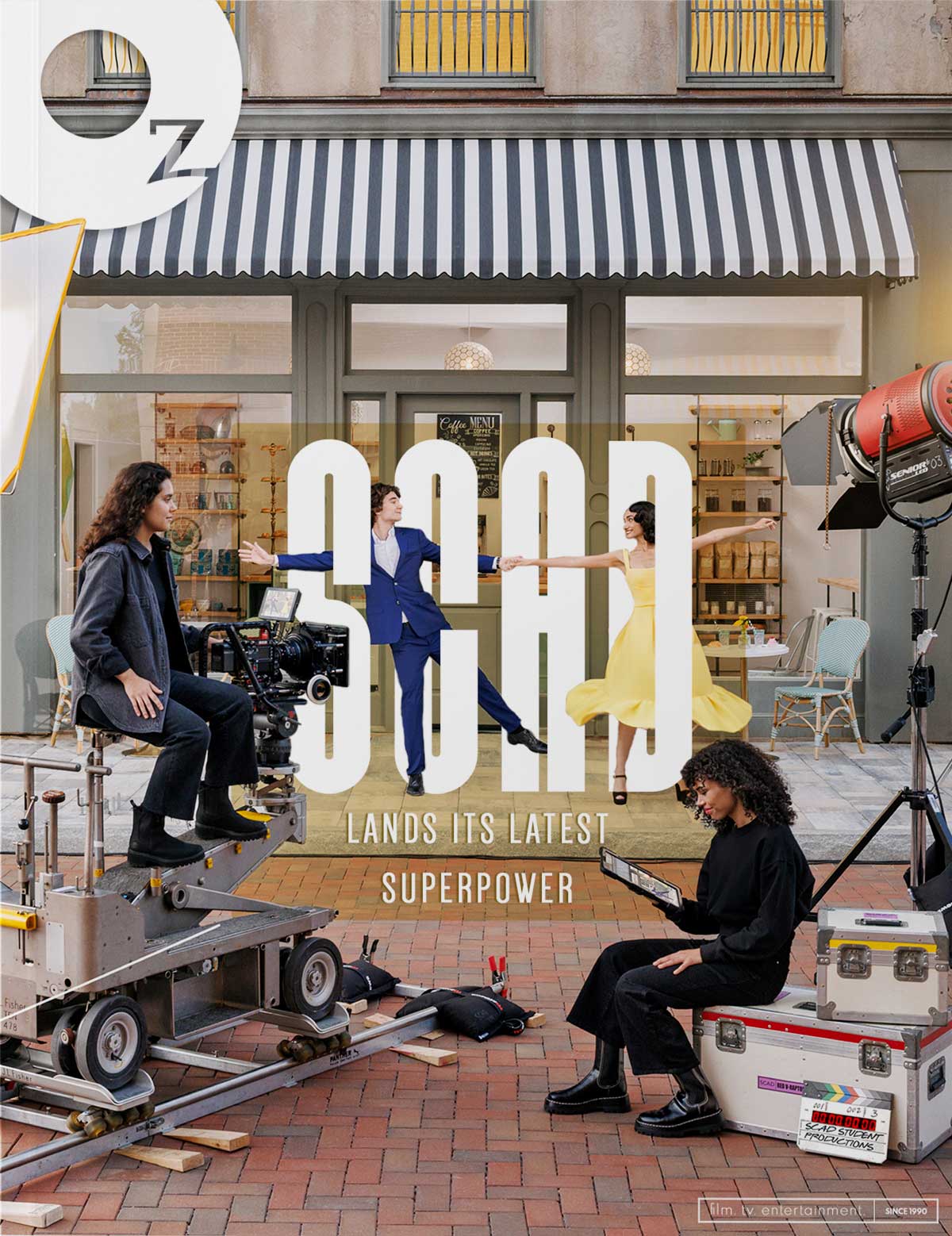

A costumer is part of the team responsible for the costumes or wardrobe within a stage or screen production. The duties of the costumer are the most fundamental parts of costuming, making the costumer the basis from which all work builds upon. Veteran Costume Designer, Keith G. Lewis continues to describe himself as a costumer in spite of years of industry success and working as a department head since 1987. It is not unusual for costume designers to think about their work in terms of a costumer’s responsibilities. The day to day tasks of the costumer, from dayplayer to Key Costumer, reflect the core expectations of performance of the Costume Department.
While there are a few different levels of a costumer, reflecting the experience, skill, variations in duties and needs of the production, the costumer is essentially responsible for the organization, maintenance, and screen continuity of the clothing worn by everyone within the mise-en-scene.
The costumer is a craft covered worker, which means the job is protected by the law, regardless of whether or not the costumer is part of the local union. According to the International Alliance of Theatrical Stage Employees (IATSE), the duties of a costumer are divided into two different roles: the costumer and the key costumer. The costumer is hired for the length of the production or works at least 50% of the production. While every production varies, they are primarily responsible for the department’s day to day operations involving anything worn or to be worn on camera. The key costumer is the team leader and ensures that the costumes are available and properly prepared for the camera.
Continuity filmmaking makes this task the most critical aspect of costuming. The key costumer must be keenly aware of the shooting schedule in order to make the costumes available for the actors. This can include providing costumers with tools necessary to execute their tasks, planning and preparing costumes in accordance with the schedule, cleaning, teching, retrieving costumes, overseeing the continuity records and other related materials. While many of these duties may overlap depending on the availability and skill set of the team, the costumer is always responsible for what is seen worn on camera.
Depending on the contract between the production and the local union, there are minimum wage requirements based on these distinctions. This contract, and delineation of duties keep the crew worker fairly paid and employed and their job from being exploited. Costumers are typically hired by and report to the costume supervisor, but also take direction from the Costume Designer who leads the department and ultimately has the final say.
While the tasks of the costumer certainly vary, the demands of the production culture are a greater factor in how distinctions are made within the role of the aforementioned costumer. As a costumer, he or she may work as a dayplayer, a costumes coordinator, background costumer, set costumer, personal costumer, truck costumer, or quick-change costumer. While costumers are typically hired for the length of the production, the dayplayer is hired per day or for a set of dates, to accommodate increases in labor in accordance with the shooting schedule. The increases are associated with more actors on set, usually background (think about scenes with large crowds).
As technology advances, costuming needs change and new work assignments are created or further focused and codified. I am sure we will continue to see even more titles created and jobs available under the rubric of “costumer.”

The Coveted Costumer
-
Be flexible and friendly
The days are long and demanding. Costumers work for long hours, in confined spaces, with the same people. Oftentimes the costumer who is chill, willing to do whatever is needed (in spite of their title), and friendly gets called over the highly skilled and decorated costumer. The demands of a supercapitalist system creates a really tense environment. You will be all the more in demand if you can bring a smile to faces when you enter the room.
-
Your Network is currency
Get to know people on set, in the department, in the office. Many people work in many different departments, so you never know who might refer you for your next job. Be cool with everyone, from accounting to the zookeepers, it is all in who you know. Your reputation precedes you.
-
Learn your craft
The more you can do (with a smile), the more you are in demand. The costumer’s reach is not limited to the racks, holding, or the costume shop. Learn everything: how the production assistants perform the accounting tasks of shopping, how the designers prefer the costumes to be arranged, how the script supervisor keeps continuity, who the producers are, which films the director has directed before, and the rich and dynamic vocabulary of the set.
-
Know Nurse Buttons, Dr. Safety Pins and Topstick the surgeon
It is inevitable, clothes will rip, tear, break, and just about disintegrate before the camera and before your eyes. As a costumer, you must be able to quick fix all minor a major costume faux pas in record breaking time. Have pre-threaded needles handy, safety pins fashionably decorating your work vest; and topstick in every small pocket at all times. Even when props like watches, glasses, or backpacks break, production will often call “COSTUMES ” and you just need to be prepared.






